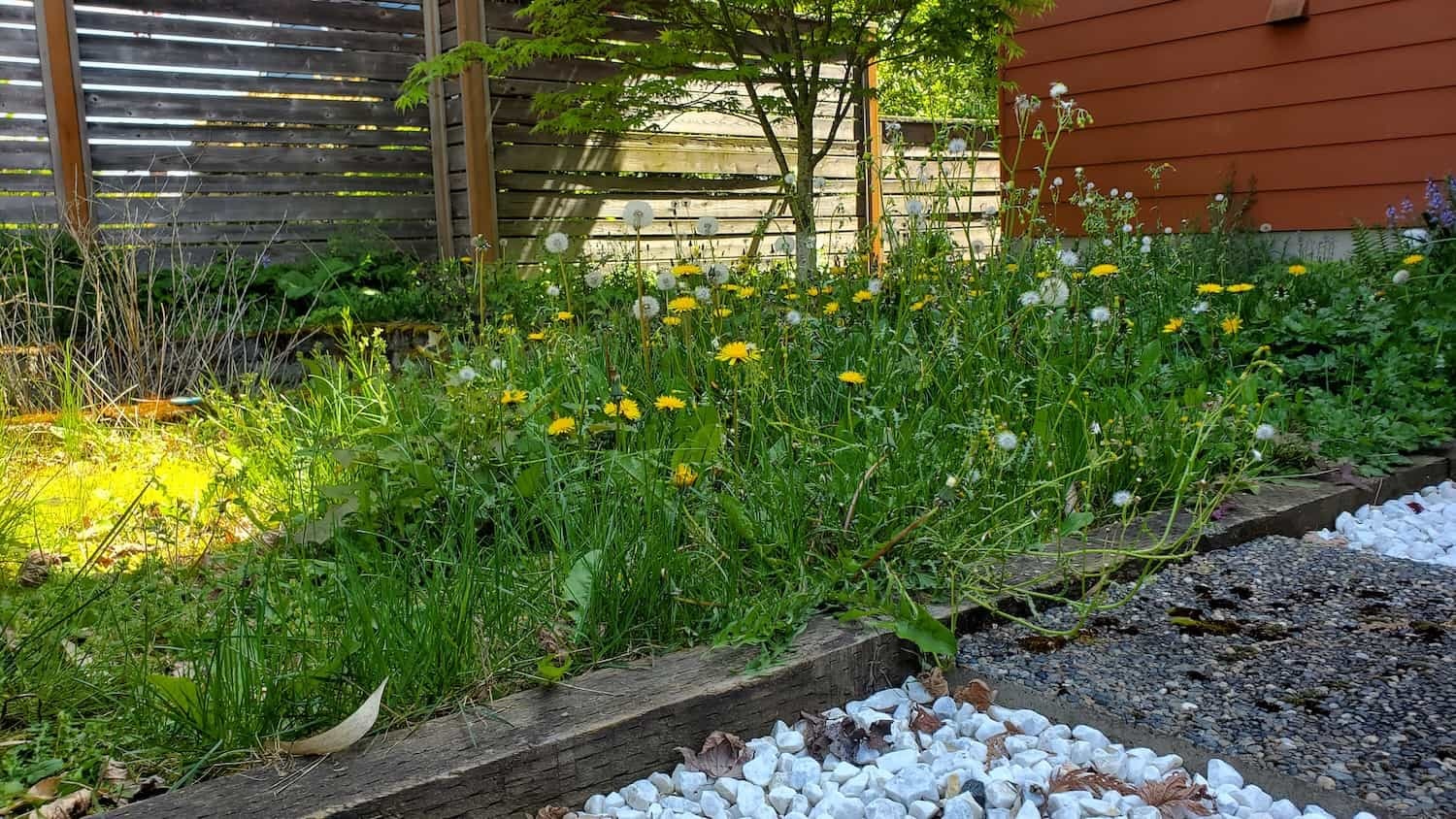Weeding Horsetail Treatment
Homeowner’s Issue
Horsetail thrives in cool, wet Pacific Northwest conditions, and Weeding yards are no exception. Heavy seasonal rainfall, compacted clay or silty soils, and poor drainage give horsetail a competitive edge. Many properties here have shaded corners, north-facing slopes, and thin topsoil where horsetail returns after superficial removal. HOA rules and curb‑appeal expectations add pressure to keep beds tidy without relying on chemical herbicides.
Typical local challenges include persistent underground rhizomes, boggy spots from hard-to-drain gutters or downspouts, and moss or ivy competing in low‑light areas. Sloped yards near Lincoln Park or older neighborhoods with clay subsoil can channel water and concentrate horsetail. Homeowners often see regrowth where soil is acidic or nutrients are unbalanced. Effective control in Weeding means addressing drainage, improving soil structure, and replacing bare patches with resilient, low‑maintenance plantings—done with sustainable, non‑chemical methods that meet HOA guidelines and keep your property looking cared for year‑round.
Our Quality Service
We use hands‑on, sustainable methods tailored to Weeding’s rainy climate and common soil issues. Services focus on manual extraction, targeted soil improvement, and physical barriers rather than herbicides. We correct drainage problems, add organic amendments to break up compacted clay, and install mulch or weed fabric where appropriate.
Benefits:
- Safer yards for kids, pets, and pollinators.
- Better curb appeal that meets HOA expectations.
- Long‑term, low‑maintenance results through improved soil and plant selection.
- Fewer repeat visits when drainage and soil structure are addressed.
What’s Included
- Initial site assessment and photo documentation.
- Manual digging and root removal of horsetail patches.
- Soil amendments: compost, sand or grit to improve structure.
- Mulch application and optional landscape fabric for high‑pressure areas.
- Disposal: haul‑away or green bin recycling available.
- Follow‑up visits to monitor regrowth and adjust strategy.
Options / Upgrades:
- Heavy mulch + fabric for high‑traffic beds.
- Organic cultural controls (solarization, smothering) — no chemical herbicides.
- Soil testing and pH adjustment plan.
- Planting of competitive groundcovers or natives to reduce re‑infestation.
Before & After / Expectations
Expect some noise and soil disturbance during removal, and temporary bare spots where horsetail is extracted. Access to beds and clear pathways help us work efficiently. Debris will be removed; heavy root masses may require multiple visits for full control.
Care tips for Weeding yards:
- Improve drainage: extend downspouts, add swales, or install drain rock in soggy spots.
- Keep a 2–3” mulch layer to suppress new shoots.
- Monitor for new sprouts after heavy rain; remove small shoots quickly.
- Replace bare soil with deep‑rooting groundcovers to outcompete horsetail.
- Control adjacent ivy and moss that create moist microclimates.
FAQs
How soon will I see results?
Expect visible reduction after the first visit; full control often takes 2–4 treatments over a season.Do you use herbicides?
No. We use only non‑chemical, sustainable methods—manual removal, soil amendments, mulching, and physical barriers.Will treatment affect my lawn or ornamentals?
We take care to protect desirable plants and tailor methods to minimize disturbance.Do you handle haul‑away?
Yes — choose green‑bin composting or standard haul‑away as an option.
Call to Action
Weeding homeowners: book a free estimate and get a practical plan that fits your yard and HOA rules. Fast scheduling, local expertise, and sustainable methods—no herbicides, just durable results. Email neatandtidyseattle@gmail.com for a quick quote or to schedule an onsite visit.










